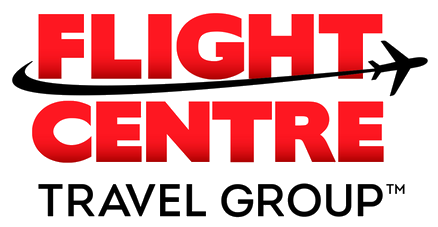When the Stakes Are High,
Clarity Is Your Edge.
Whether preparing to grow, raise capital, acquire a company, or exit, Travel Again Advisory helps you align your strategy, sharpen your story, and move confidently with a clear focus on maximizing shareholder value.

We Support Companies at Key Inflection Points
Our role is to help you prepare early, align quickly, and confidently execute, grounded in C-level insight, strategic precision, and operational clarity. We go deeper than surface-level strategy, aligning recommendations with internal dynamics, customer needs, and long-term value creation.
Trusted by Industry Leaders
We’ve partnered with some of the most recognized names in travel and beyond—brands who trust us to deliver exceptional results. Here are just a few of the companies we’ve had the privilege to work with.
M&A Advisory
For those preparing to sell, acquire, recapitalize, or be acquired.
We help founders, boards, and strategic buyers enter the M&A landscape with confidence.
From equity story development to tuck-in identification and carve-out preparation, we shape what happens before bankers get involved, and remain engaged long after the Letter of Intent (LOI).
What We Support:
- Exit readiness and positioning
- Strategic acquisitions and platform expansion
- Tuck-in targeting and due diligence support
- Narrative and valuation clarity for boards, buyers, and investors
- Carve-out planning and internal alignment
You’ll Walk Away With:
A deal-ready strategy, clear internal messaging, aligned stakeholders, and sharper valuation logic.
Business Consulting
For those building, transforming, or preparing for what’s next.
From market expansion to organizational alignment and customer‑driven transformation, we bring structure, focus, and momentum to the moments before high‑stakes decisions are made.
What We Support:
- Growth planning and go‑to‑market strategy
- Market entry and customer model shifts
- Loyalty, pricing, and distribution transformation
- Organizational alignment and leadership clarity
- Strategic readiness for future raises or M&A
You’ll Walk Away With:
A focused strategic plan, aligned teams, customer‑anchored priorities, and the confidence to move, or pause, with intention.
Navigate Complexity with Confidence
Complexity moves faster than clarity in the travel ecosystem, and timing defines outcomes.
Whether you’re currently active in the market or simply planning, you need more than information; you need direction, and the foresight to maximize shareholder value before the pressure to act arrives.
Each engagement is different.
The goal is always the same: clarity, alignment, and lasting value.
As Featured In
Measurable Impact.
Built for Scale.
We partner with teams ready to act and must be prepared for the right opportunity. Our results reflect more than strategy. They reflect strategic action that drives shareholder value.
Unlocked a new member benefit in under 30 days by identifying and piloting access to negotiated hotel content, driving immediate engagement and long-term member value.
Transformed a strategic idea into scalable impact, helping a travel association increase member acquisition and build a stronger foundation for growth.
What Sets Travel Again Advisory Apart
We’re not your typical advisor.
Deep Travel Expertise
Our team brings real operational and investment experience in the travel, hospitality, and transportation sectors — not just familiarity, but fluency.
Early Engagement, Lasting Value
We’re often brought in before bankers, presentations, or due diligence. We support you in finding clarity when it’s most challenging and staying engaged through execution.
Strategic Influence
Our partnerships with Phocuswright and other thought leaders help position your business where it matters, not just in strategy decks but also in the industry’s collective consciousness.
Founder-Savvy, Board-Ready
We speak both languages and help translate bold ideas into actionable, fundable, and acquirable strategies.
Proven Partners in the Journey to What’s Next
Hear what our clients have to say about working with Travel Again Advisory.
Who We Work With
If your next chapter is approaching or beginning to take shape, we can help you determine its direction.
We partner with leaders navigating change, complexity, or opportunity across the travel ecosystem:
Exit-Ready Founders
Future-Focused Operators
Strategic Buyers and Private Equity-Backed Platforms
Legacy Brands in Reinvention Mode































